Whyalla featured on hit documentary series Australian Story
In September 2018, the ABC’s hit documentary series Australian Story tracked ...

The SPOKE team would like to thank Veronika Klimickova and Richard Sklar, Ostrava natives – who take our readers through a very personal view of the history and distinct personality of their city. Veronika shares the unique history, milestones and landmarks of Czech Republic’s third largest city, and Richard tell us about the evolution of this traditional steel and industrial town – through his own story. So, here is an introduction to Ostrava, the first in our series putting the spotlight on GFG’s iconic steel towns.
Hello, my name is Veronika and today I will be your guide to Czechia’s steel heartland – the city of Ostrava.
Ostrava was named after the river Ostravice, on the banks of which it was founded. Evidence of settlement dates back to the Stone Age when mammoth hunters resided on the Landek Hill. In 1953 an archaeologist named Bohuslav Klíma found a little figure of Venuse here which commemorates the times of the first settlers long before Ostrava came to be. In the Middle Ages, the Silesian Ostrava castle was built here to guard the Polish-Moravian border and trade routes leading past. Ostrava became an important market centre, but further development was hampered by frequent floods, fires, wars, and plague.
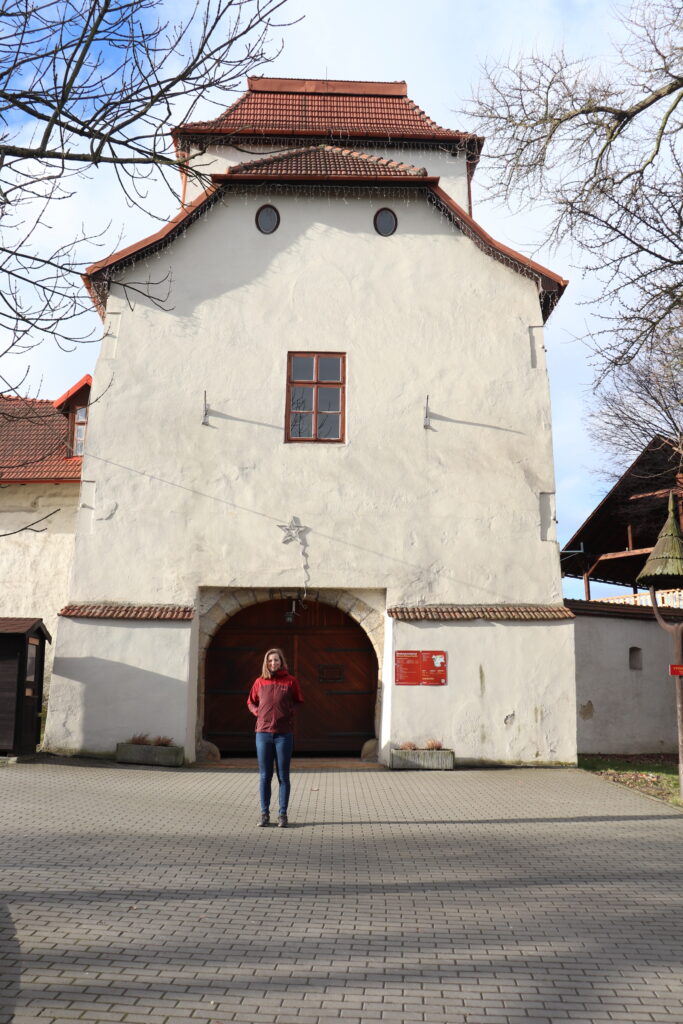
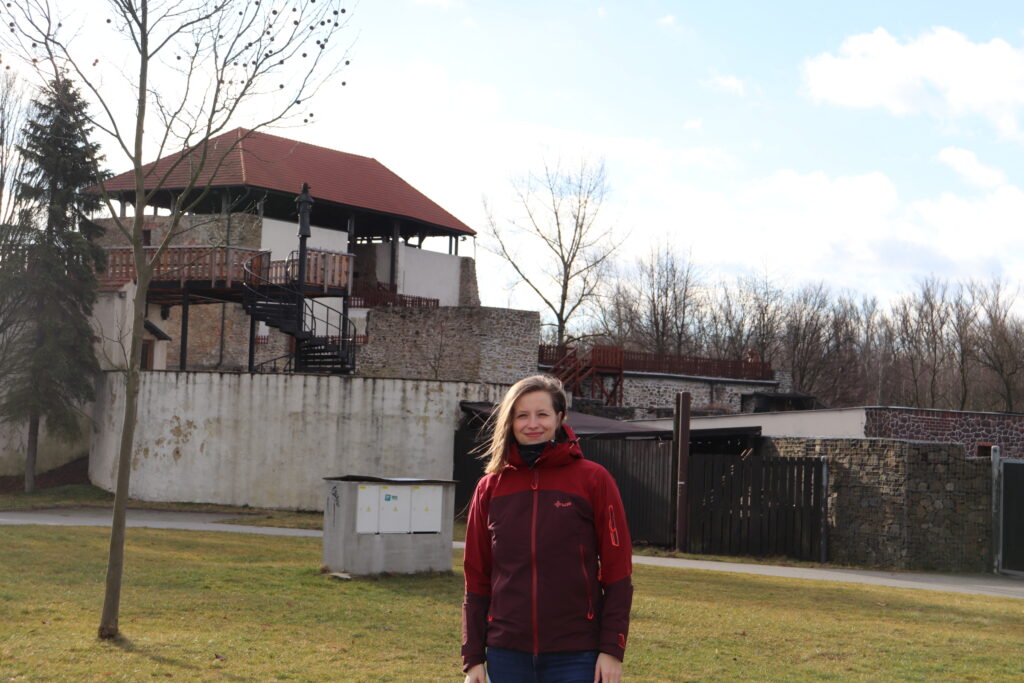
The city’s revival was brought about by the discovery of coal and the establishment of Vítkovice ironworks, which was closely related to that. Ostrava became one of the most important industrial cities in the Austro-Hungarian Empire during the industrial revolution.
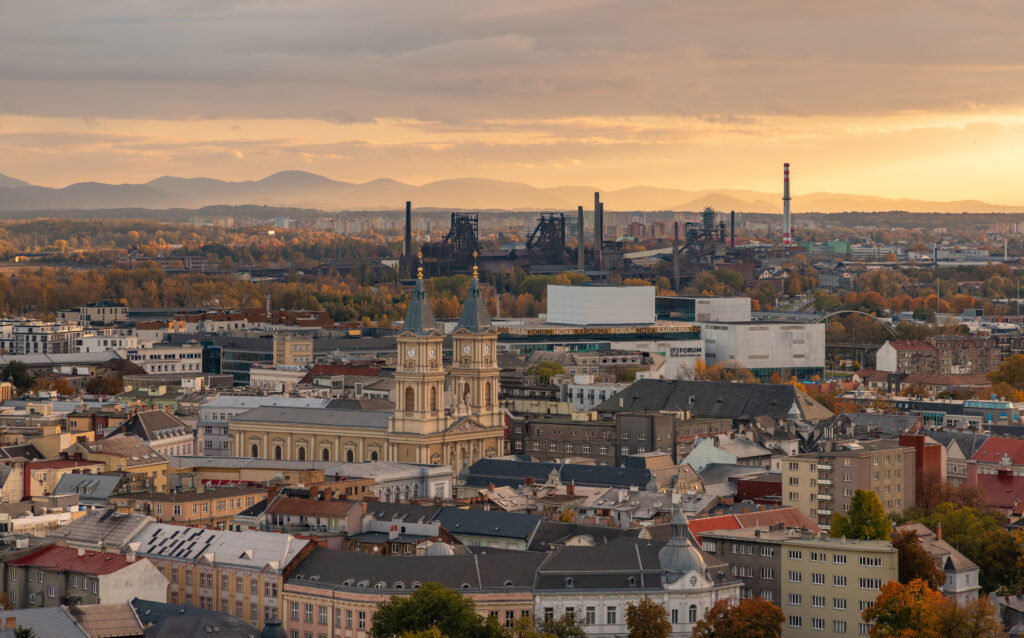
After the end of World War I, smaller municipalities were united to create the so-called Great Ostrava, which gradually became an administrative, social, and cultural center.
Its development was suspended only by the global economic crisis and World War II during which the city was massively bombed. Only after the end of the war the revival and development of heavy industry took place again. In 1951, our smelter was founded, back then under the name of Nová huť Klementa Gottwalda.
After the Velvet Revolution in 1989, significant economic and political changes took place. Mining activities in the city gradually came to a halt altogether and the Vítkovice blast furnaces were shut down. Currently, Ostrava is a modern vibrant and green city with a its industrial heart still pounding.
When you visit Ostrava, there are many interesting sights to visit. Here are some of my top recommendations that you shouldn’t miss:

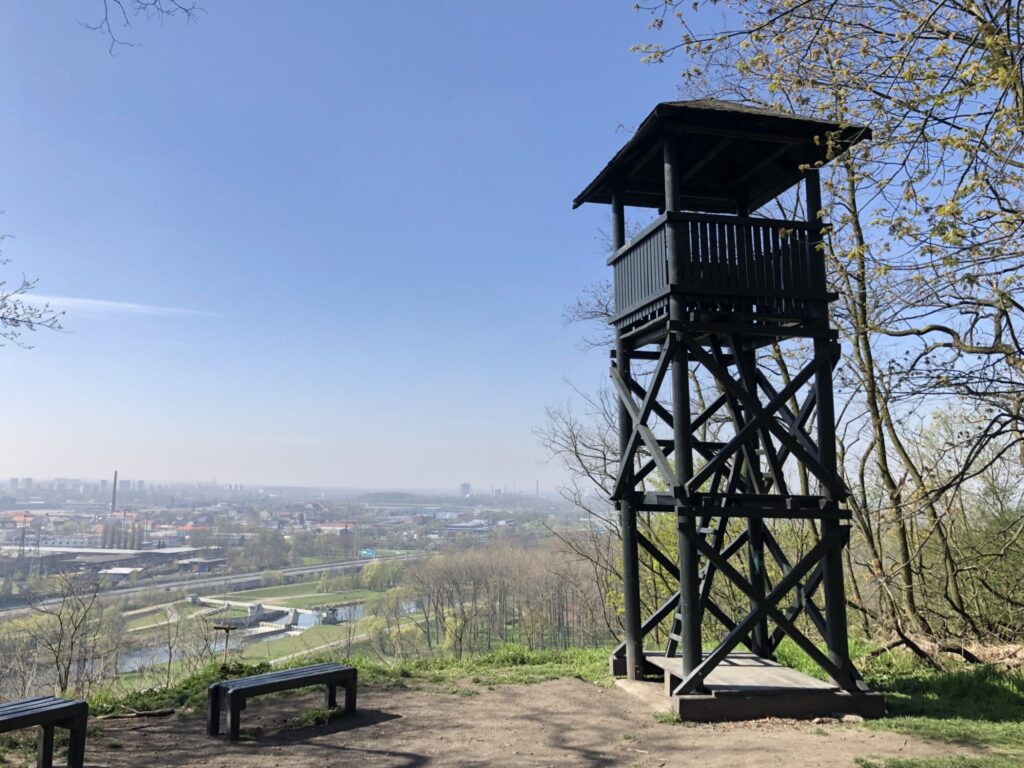
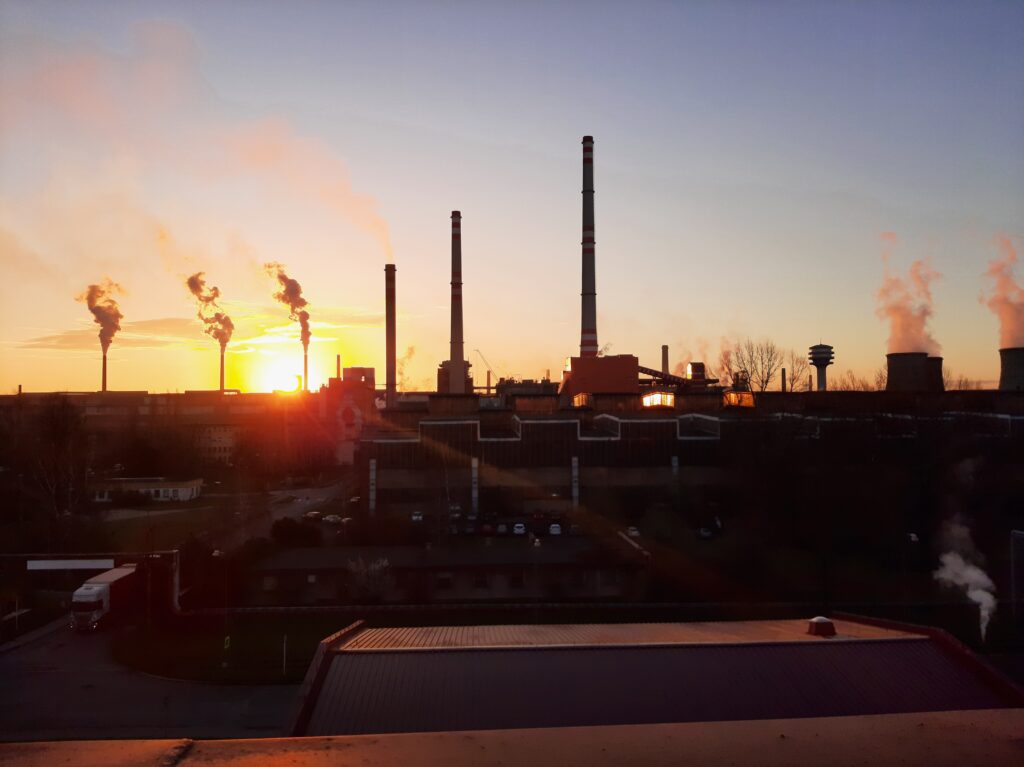
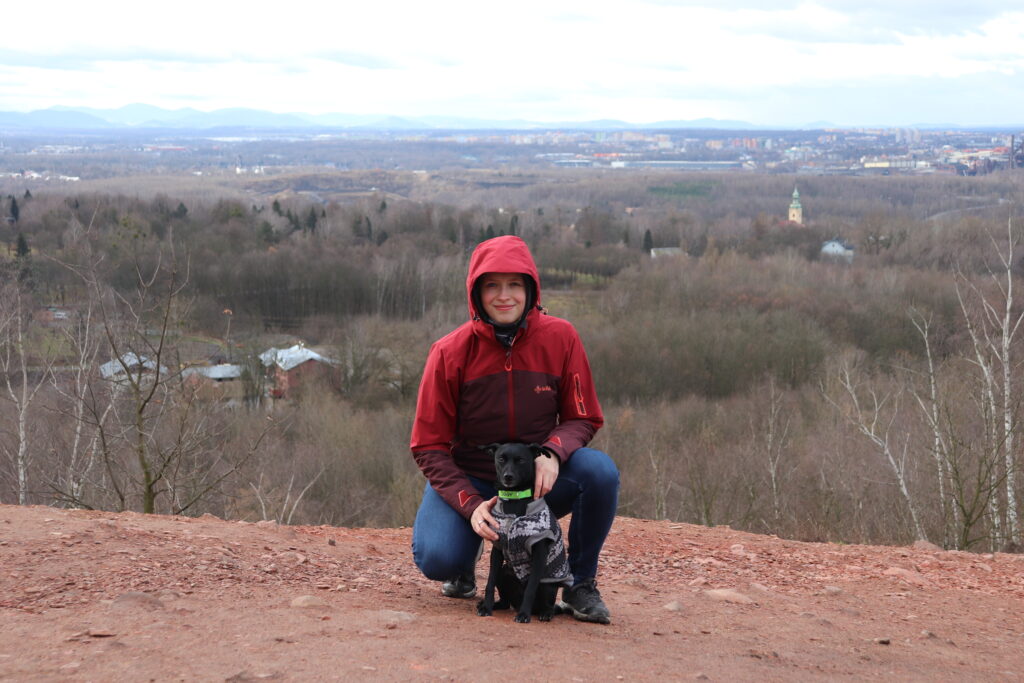
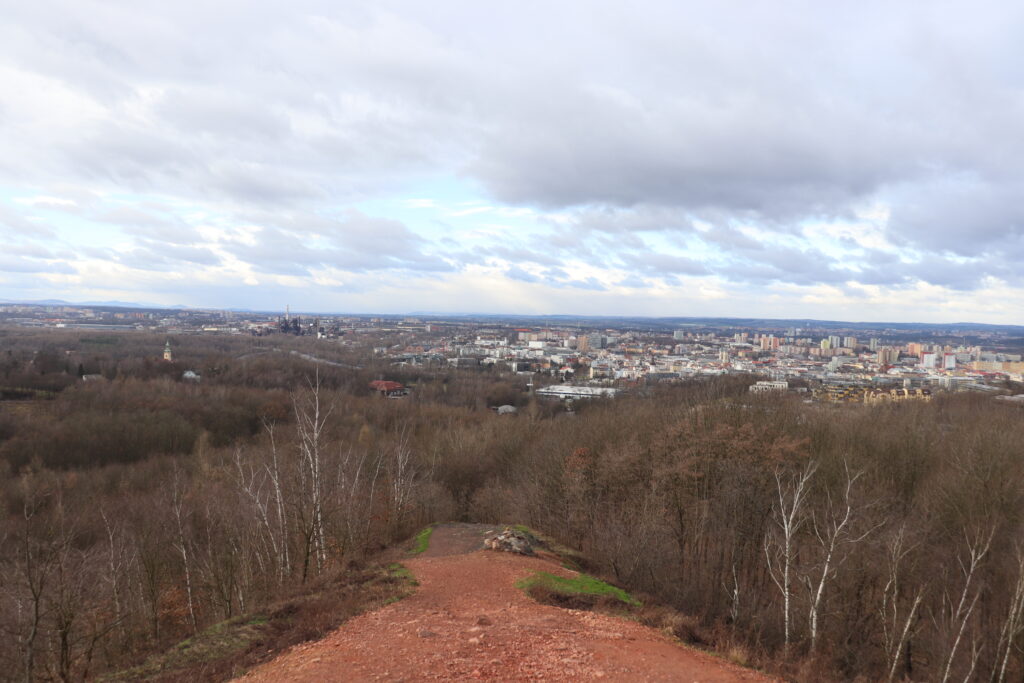
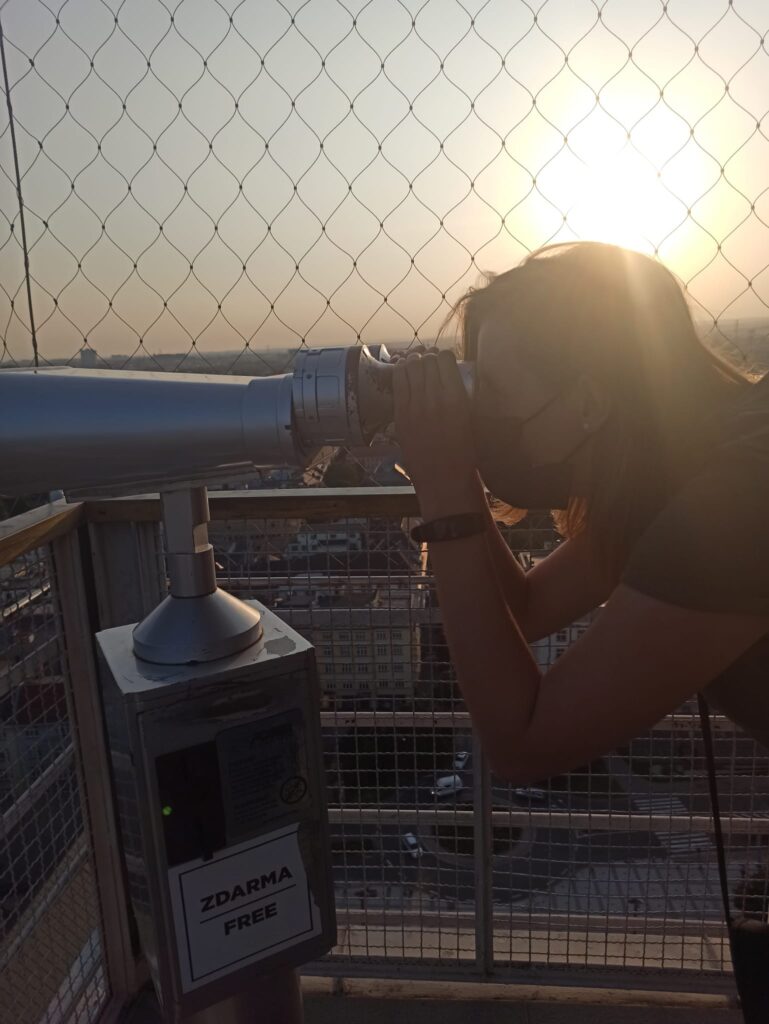
Richard’s story….and the transformation of Ostrava
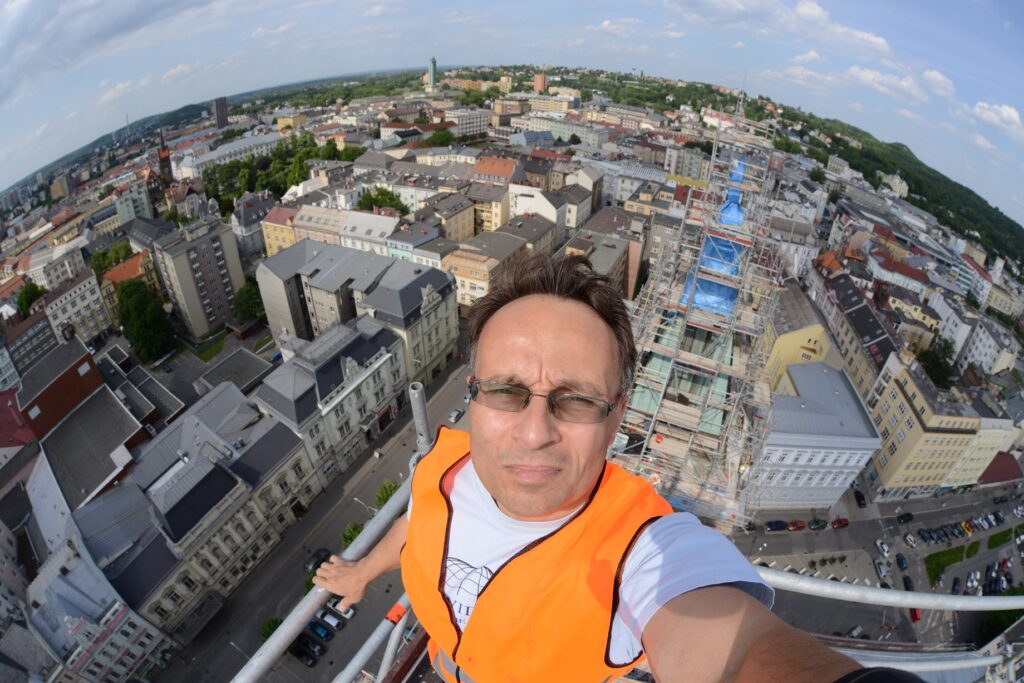
As a resident of Ostrava for over three decades, with twenty of those years spent in the downtown area, I have witnessed first-hand the transformation of this industrial city.
My childhood memories of the past decades are of a city enveloped in a cloud of soot, ash, and various pollutants. The Ostravice River, which runs through the city, was once covered in foam of different colors depending on what the nearby factories were dumping into it. What a transformation we see today! Who would have thought that now, the river would be home to fish, and a recreation area with bike paths would have sprouted up along its banks?
Ostrava has come a long way in the past thirty years. The once-grey and dusty industrial city has been transformed into a green oasis, and the number of days when the city is covered in smog can now be counted on one hand. The closure of nearby mines and the shutdown of coke plants and such, have been key to this transformation. For instance, the former blast furnace site in Vitkovice, which is now a popular cultural landmark and an industrial museum, and now serves as the venue for the annual Colours of Ostrava music festival. The LIBERTY Ostrava steelworks is one of the festival’s loyal patrons.
The historic centre of Ostrava, which struggled to find a new purpose after 1989, has been reborn as a modern hub with a shopping mall, a beautiful residential area, and an ultramodern student campus for the University of Ostrava. The former Karolína coke plant site, just 300 meters from Masaryk Square, is now home to this bustling new centre. It even boasts a running track and other sports facilities on the roof of one of its buildings.
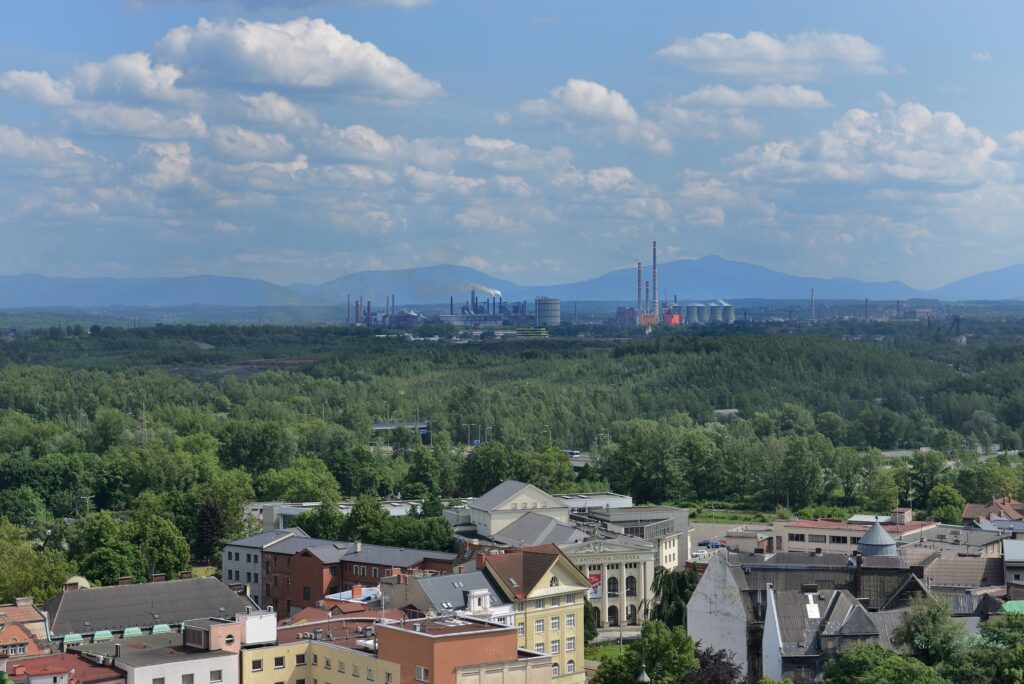
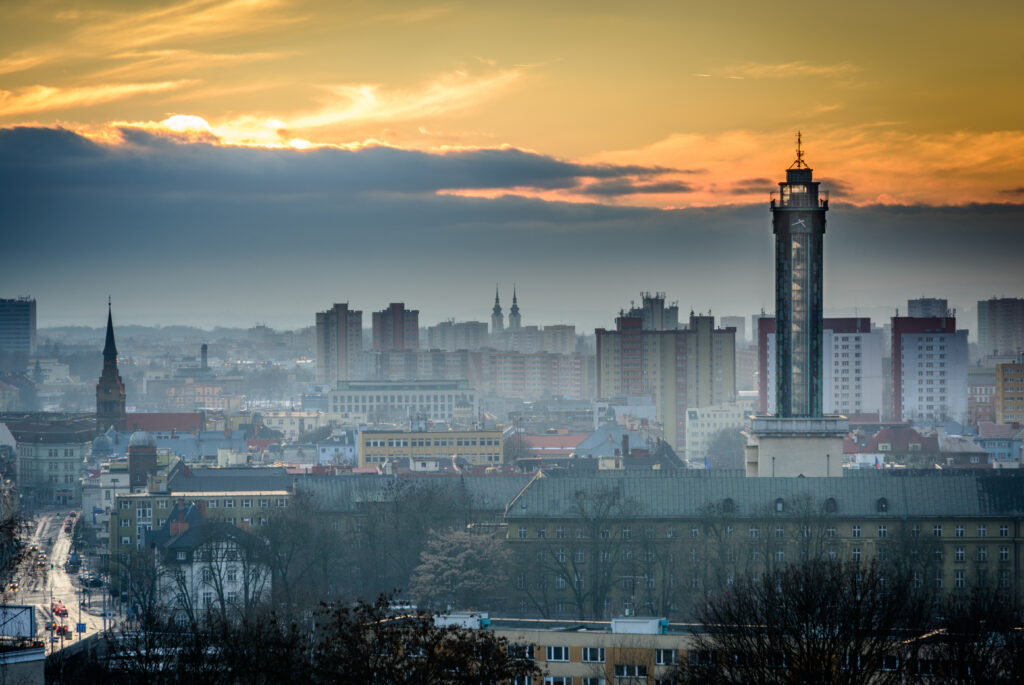
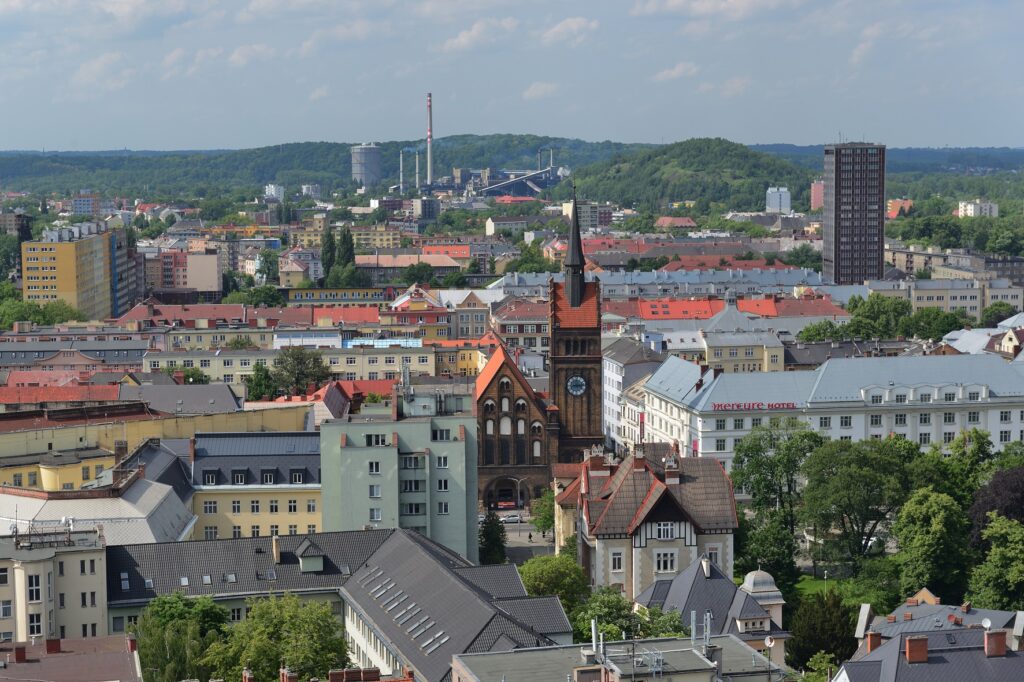
Sports have always been an important part of life in Ostrava. Legendary world-class athletic competitions like the Golden Spike have been held at the memorable Vítkovice stadium for six decades, while football, hockey, floorball, boxing, and more continue to thrive here. A private golf training area has also been established in the Lhotka district, popular not only with golf lovers but also as a destination for family trips to enjoy the peace and natural beauty of the area. Komenský Park, a well-maintained park that includes tennis courts where the former ATP No. 1 tennis player Ivan Lendl began his career, is another beautiful spot where Ostravians can connect with nature.


The New Town Hall, built in 1925, still dominates the skyline of Ostrava. Its tower offers a breathtaking view of the surrounding area. On a clear day, visitors can see the highest mountain of the Beskydy Mountains, Lysá hora (1,323 m), to the east, as well as the more distant Jeseníky Mountains with its highest peak, Praděd (1,491 m), to the west. In the distance, one can also see the LIBERTY Ostrava smelter. Though the distortion of the perspective can make it appear as if the city, the company, and the mountains are one, appearances can be deceiving.
The LIBERTY Ostrava smelter is over ten kilometers away from the downtown, while the top of Lysá hora is another 35 kilometers away. Despite the transformation of the city, the LIBERTY Ostrava smelter remains a significant business in the area. It provides jobs to thousands of people, even in the midst of the current challenging economic situation. Overall, I’m proud to call Ostrava my home. It’s amazing to see how much the city has changed for the better over the years.
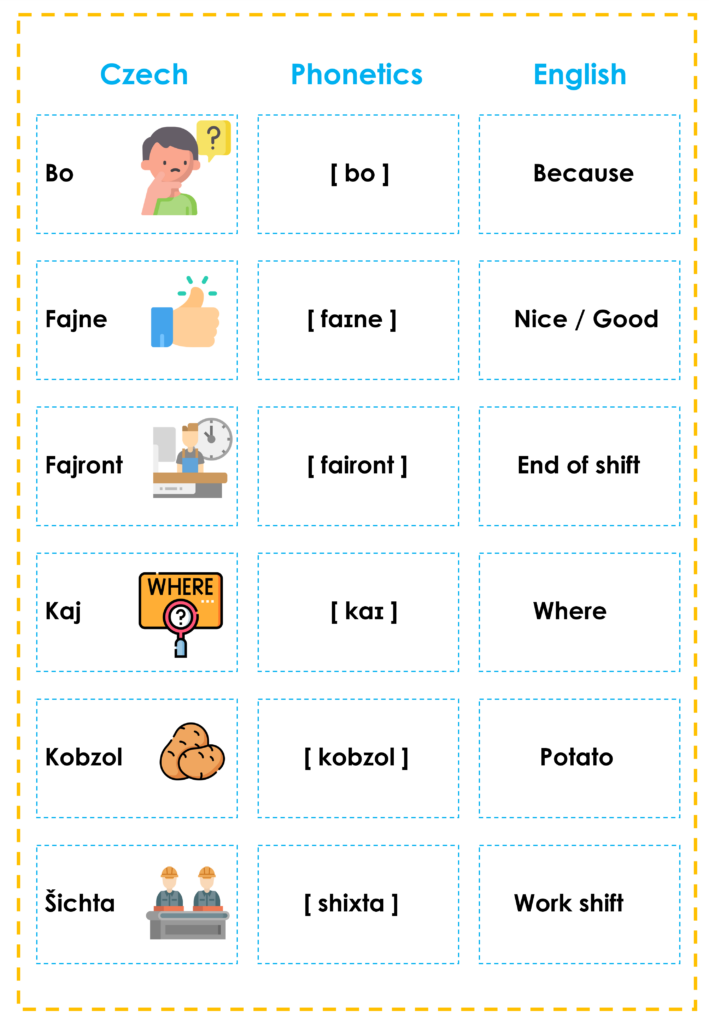
Rich history, nice city, good people.
I will certainly visite it.
I wish you all the best!
During the communist era, Ostrava was a very polluted city, it is good to hear that GFG is helping to transform the city and environs around to a more sustainable future. Although I was born in Slovakia, the words marked as Czech are not Chech; they are more in local slang.
Thanks Karol, that’s a great insight, appreciate the feedback.
Yes, you are right, Karol. The vocabulary above is the local Ostrava dialect which is so typical of Ostrava. For this reason we rather chose the local language and not the Czech which is spoken in Prague 🙂